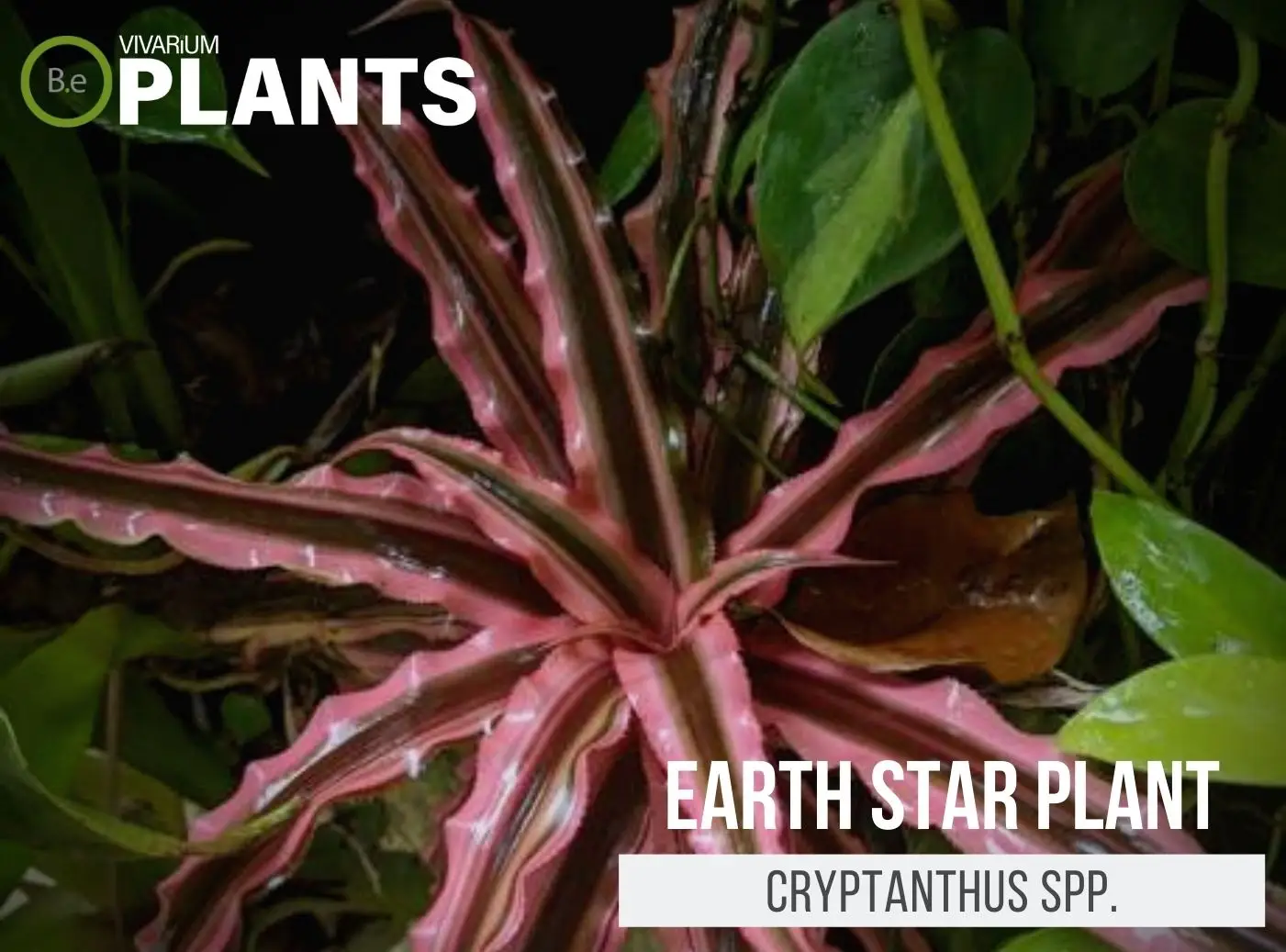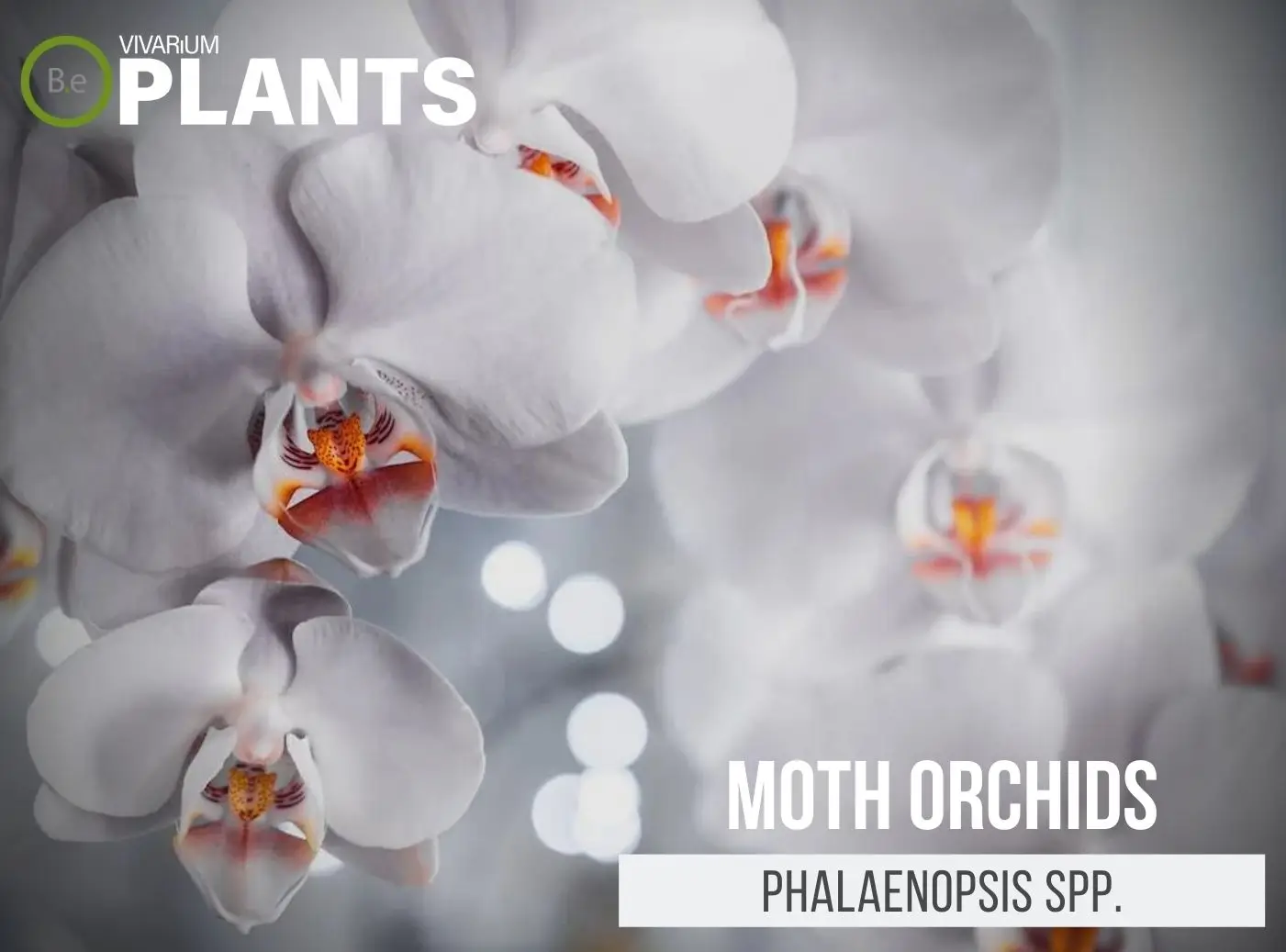Have you ever wanted to add a little life and color to your home, but didn’t have the time or energy to maintain it?
If so, low-light terrarium plants may be the perfect solution for you. These plants are perfect for those who don’t have the time or light to care for more traditional plants.
In this article, we will explore the benefits of low-light terrarium plants, the types of plants to consider, how to care for them, and some common issues to be aware of.
Read on to learn more about low-light terrarium plants and how they can bring life to your home!
Benefits Of Using Low-Light Terrarium Plants
When it comes to low-light terrarium plants, maintenance is minimal. These plants require very little light and water, making them easy to care for. In general, they should be watered every 1-2 weeks depending on the plant.
They also require minimal pruning, as they will naturally grow in a contained and beautiful shape. These plants are also relatively hardy, so you won’t have to worry about them wilting or becoming damaged easily.
With minimal maintenance and care, these plants will continue to thrive and provide you with a pop of color and life in your home, without having to spend a lot of time and energy caring for them.
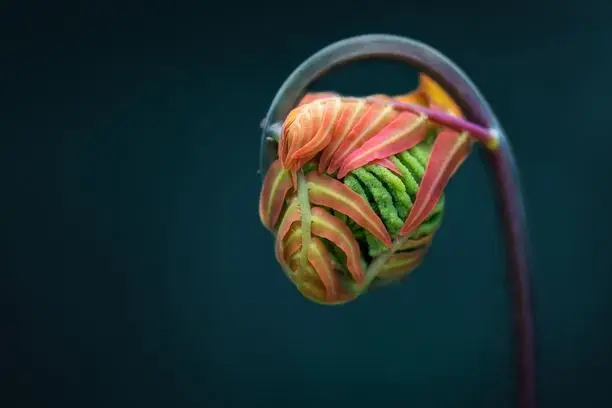

Best Types Of Low-Light Terrarium Plants
Using the right types of low–light terrarium plants is key to the success of any terrarium. These plants are easy to grow and come in a variety of shapes, colors, and sizes.
They don‘t require much light, so they can thrive even in low–light areas. Some of the best types of low–light terrarium plants will be covered in the list below along with care guide instructions for each.
These plants are often easy to maintain and can add beautiful accents to any terrarium. With the right plants, your terrarium will look and flourish just like the outdoors!


Prayer Plant (Maranta leuconeura)
The Prayer Plant is an evergreen low-light terrarium plant known for its beautiful, colorful foliage. The leaves of the Prayer Plant range in colors from deep green, to pink or red, with dark purple splotches.
This stunning terrarium plant grows to a height of 8-12 inches and requires very little sunlight to thrive, making it a great choice for a low-light terrarium.
During the evening, the plant raises its pretty leaves towards the sky in a prayer motion to open its flowers, an interesting nighttime display. The Prayer Plant is not just known for its low-light qualities, but for its easy care as well.
It only requires occasional water and its leaves will benefit from occasional misting and humidity. The Prayer Plant is an excellent choice for low-light terrariums, and its beautiful foliage will greatly contrast with other terrarium plants!
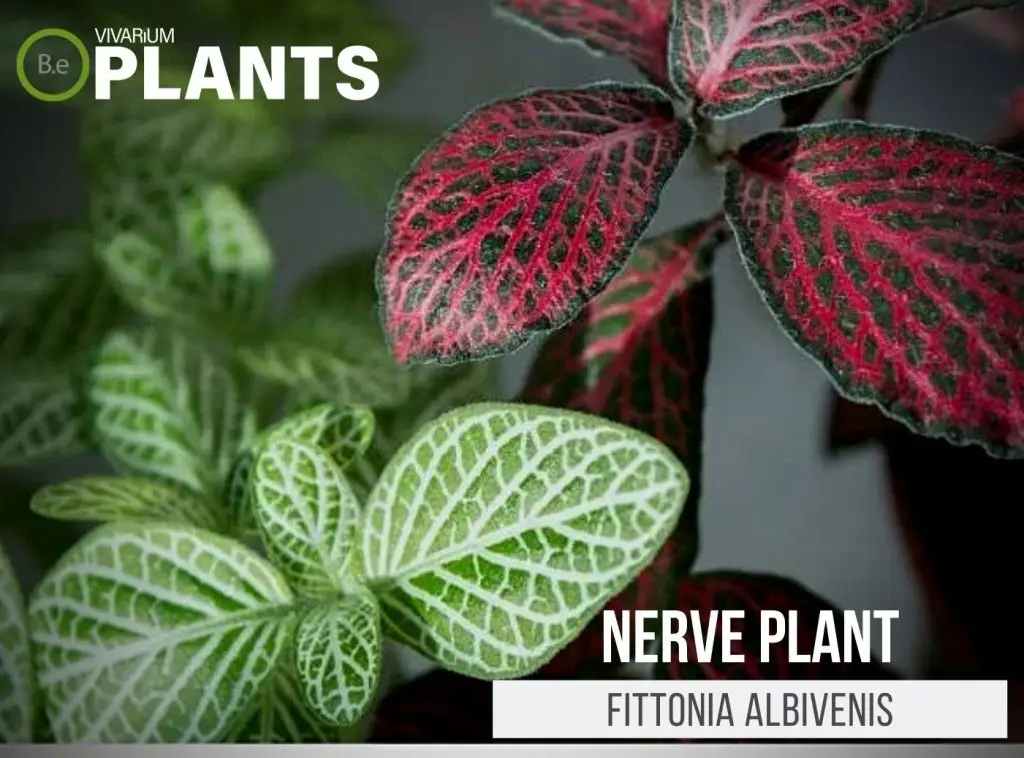

Nerve Plant (Fittonia albivenis)
The Nerve Plant is a small, creeping perennial terrarium plant from the tropics of South America. It is a low–light terrarium plant that is great for those looking for more subdued colors in their terrarium.
Its shallow, small, bright green leaves have bright pink, white, or red venation, which adds an interesting and unique flair to any terrarium.
It prefers humid conditions and a layer of sphagnum moss on the soil surface helps to retain moisture and provides humid conditions ideal for this plant.
Nerve Plant is one of the most common low–light terrarium plants due to their ability to thrive in medium to low levels of light and their attractive foliage.
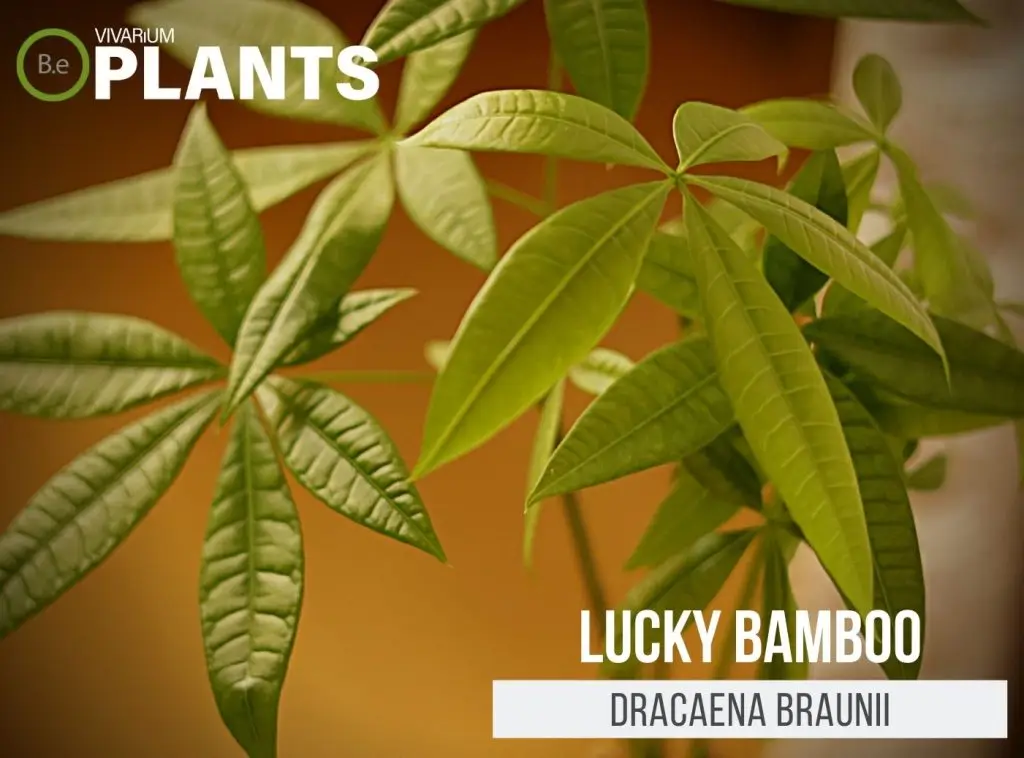

Lucky Bamboo (Dracaena braunii)
Lucky Bamboo is an incredibly popular low–light terrarium plant and a great addition to any terrarium. It is a resilient plant with a long, thin stem and lots of bamboo–like leaves that can reach up to three feet tall.
Lucky Bamboo is very low maintenance and grows in indirect light or dim conditions, making it ideal for terrariums. It can also be grown hydroponically or in soil, with an occasional spritz of water and a few drops of liquid fertilizer.
Since it is a slow–growing plant, it is a great choice for terrariums and other low–light conditions. As an added bonus, it is rumored to bring good luck and fortune, making it an appealing and desirable plant!
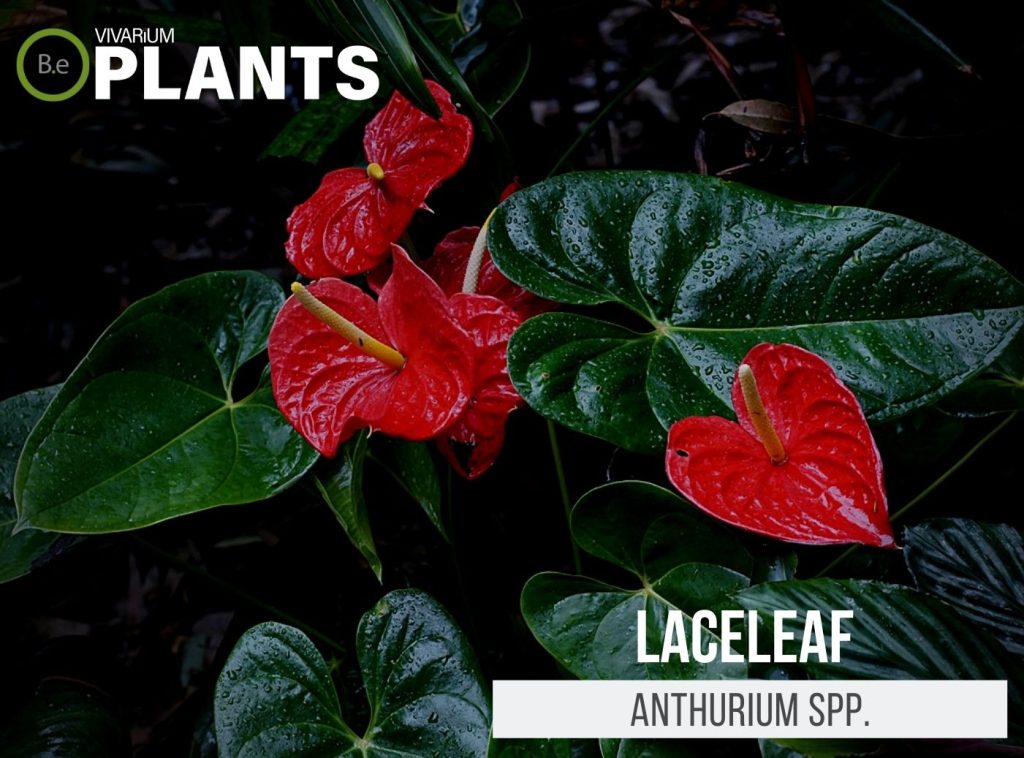

Laceleaf (Anthurium spp.)
Laceleaf Anthurium is an evergreen, low–maintenance terrarium plant. It has dark green oval leaves that are heavily veined in shades of green, black & silver.
The leaves are often touched with red or pink undersides. The plant has white to pinkish flowers with a red or yellow center, and the petals of the flowers flare in an alluring fan shape.
Since Laceleaf Anthuriums prefer temperature, humidity, and light levels that are easy to create in terrariums, they are a great choice for low–light terrariums. They are easy to propagate and require minimal care.
With proper care, they can live for many years, adding texture and interest to terrariums.


Peace Lily (Spathiphyllum spp.)
The Peace Lily, or Spathiphyllum spp., is an evergreen foliage plant with rich leaves and striking white flowers making it a great choice for terrariums. Peace lilies require very little light to thrive, making them ideal for low–light terrariums.
They tolerate low light and high humidity, and their broad leaves provide a natural health benefit for other terrarium plants by helping absorb toxins from the air. With proper care, Peace Lilies can live for years, growing to heights of 1.5 to 2 feet.
Although they prefer shadier lighting, they can tolerate up to four hours of direct sun if placed in a moderate temperature. Overall, Peace Lilies are a great low–light terrarium plant since they require very little light and provide dense, lush foliage.


Silver Lace Fern (Pteris ensiformis)
The Silver Lace Fern is a beautiful and unique terrarium plant with softly–textured fronds. This low–light plant is native to tropical and subtropical areas of the Pacific and Indomalayan regions.
It creates an incredibly captivating look in terrariums with metallic–gray fronds over a low mound, often with green and cream veins and occasional silver highlights or specks.
The fronds remain the same size no matter the light exposure, making this Fern the ideal choice for terrariums, as it doesn‘t require too much light and can live happily indoors.
It also resists mold and mildew, making it a great choice for terrariums in high–humidity areas.
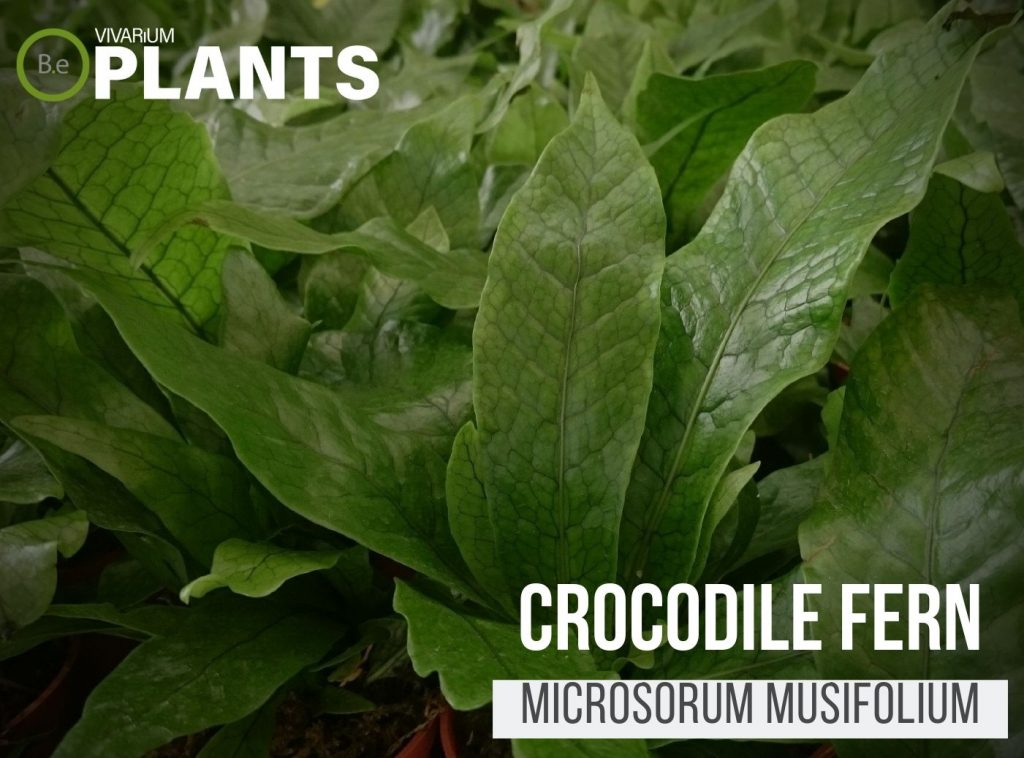

Crocodile Fern (Microsorum musifolium ‘crocodyllus’)
Crocodile Fern is a type of fern native to the tropical and subtropical regions of Asia and Australia.
It works great as a low–light terrarium plant and makes a great addition to terrariums since it grows more slowly than most ferns.
It has a unique look, with deep green foliage shaped like a fan and frilly edges, giving it a crocodile–inspired look hence its name. It prefers warm and humid environments so it’s perfect for terrariums with a warm, moist climate.
It’s a great choice for terrariums with lower light levels since it’s more tolerant to low light conditions.


Button Fern (Pellaea rotundifolia)
Button Fern, or Pellaea rotundifolia, is an excellent choice for low–light terrariums. It is a shade-loving, low–maintenance plant with very distinctive looks.
The foliage is made up of tiny, rounded leaflets each lined with frilly edges, effectively creating a ‘button‘ look. Button Fern also has slender arching fronds and stems, making it a very attractive addition to any terrarium or hanging basket.
This species is easy to care for and will thrive in terrariums with bright, indirect sunlight and consistently moist soil. Once established, it will tolerate periods of drought and stays delightfully neat and compact.
This makes it a great choice for terrariums, as it only spreads as wide as the pot or terrarium allows it to.
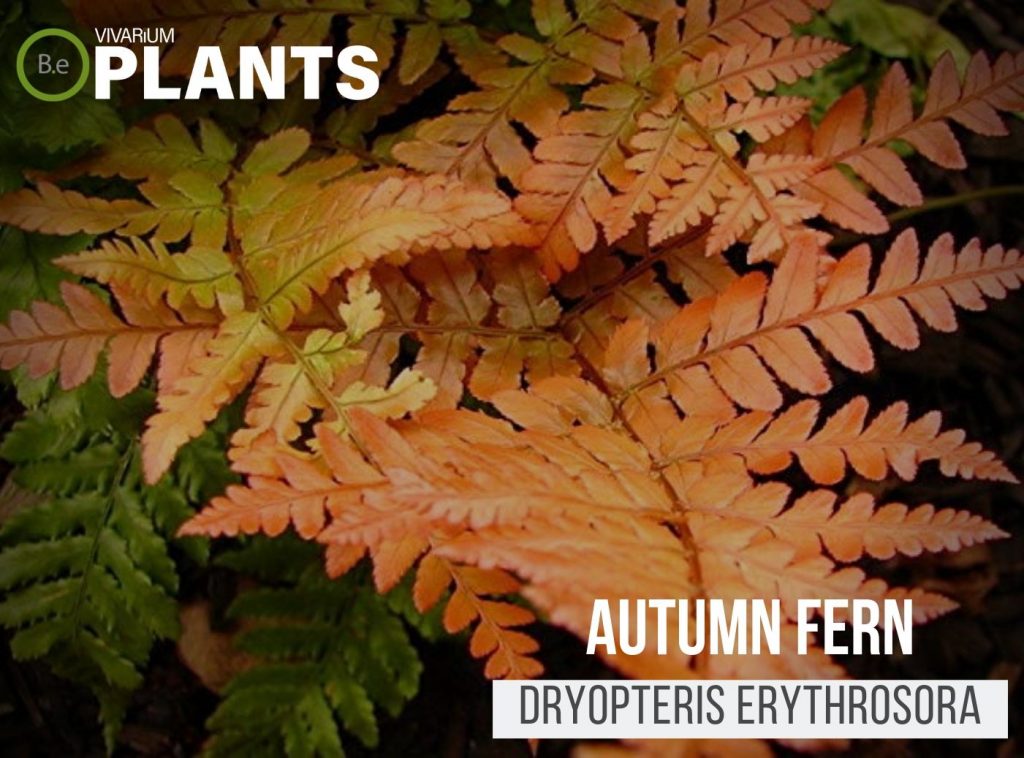

Autumn Fern (Dryopteris erythrosora)
Autumn Fern is an ideal choice for low–light terrariums due to its undemanding nature and attractive foliage.
This evergreen species has delicate, arching, cut–leaf fronds that emerge bright red in color and gradually spread to a rich, deep green. As the days shorten and the light softens, the foliage begins to turn a spectacular burgundy–bronze color.
Autumn Fern is a slow–growing fern that reaches up to 12 inches in height and spreads over time to fill in gaps in an ecosystem, creating a biotope that is capable of hosting fauna.
This easy–care species requires only regular misting and light pruning to look its best.
Earth Star Plant (Cryptanthus spp.)
The Earth Star Plant, also known as the Earth Star Bromeliad, is a popular and low–maintenance option for a low–light terrarium.
This plant is native to the moist, humid forests of Brazil and features lush, green, paddle–shaped leaves that fan out from the center. Its star–like shape and petite size make it a great accent for any terrarium.
The Earth Star Plant thrives in artificial light, meaning it can survive in any low–light environment. Its dense leaves also make it an excellent water–retaining plant, helping to keep your terrarium moist and humid.
The beautiful silver–striped pattern of its leaves adds an extra element of color to the terrarium that is sure to bring out any other plants.


Peat Moss (Sphagnum moss)
Peat Moss, or Sphagnum moss, is a low–light terrarium plant that is great for creating an interesting texture and cozy home for other small plants.
It is a common plant found in many bogs and other wetland areas that look like long, greenish, or red–hued blades. Peat moss is easy to take care of, it requires low to minimal light and needs to be kept moist.
It can be used as carpeting or placed around the edges of the terrarium, providing both ground cover and a distinct visual appeal.
Peat moss is great for low–light terrariums as it propagates quickly and flourishes with little effort, offering a unique and beautiful atmosphere for other plants.
Moth Orchids (Phalaenopsis spp.)
Moth Orchids, also known as Phalaenopsis spp., are tropical plants that are great for low–light terrariums. The plant is native to Southeast Asia and is loved as a houseplant because of its simple beauty.
Its leaves are long and narrow and usually have a deep green color. Its blooms are usually white or slightly pink and grow on long, thin stems. They grow in tight clusters of three to sixteen blooms and can last up to eight weeks.
Moth Orchids are an ideal choice for low–light terrariums because of their low-light requirements, ability to adapt to a wide range of temperatures and humidity, and need for soil that is slightly acidic and well–draining.
They also tolerate some neglect, making them great houseplants for even the forgetful hobbyist.


Philodendron Brasil (Philodendron hederaceum)
Philodendron Brasil is a beautiful, low–light terrarium plant, with dainty heart–shaped leaves. It is a slow–growing, evergreen perennial, originating from the tropical regions of South America.
The lovely silvery–green color of its foliage complements the green tones of other terrarium plants, making it an absolute must–have for any terrarium.
With its resistance to low light, Philodendron Brasil is ideal for terrariums, as it will thrive even in less than optimal light conditions. In addition, it is resistant to most common pests, making it an all–around low–maintenance terrarium plant.
Depending on the conditions, it may either grow as an upright bush or as a trailing vine, adding a beautiful landscape to terrariums.
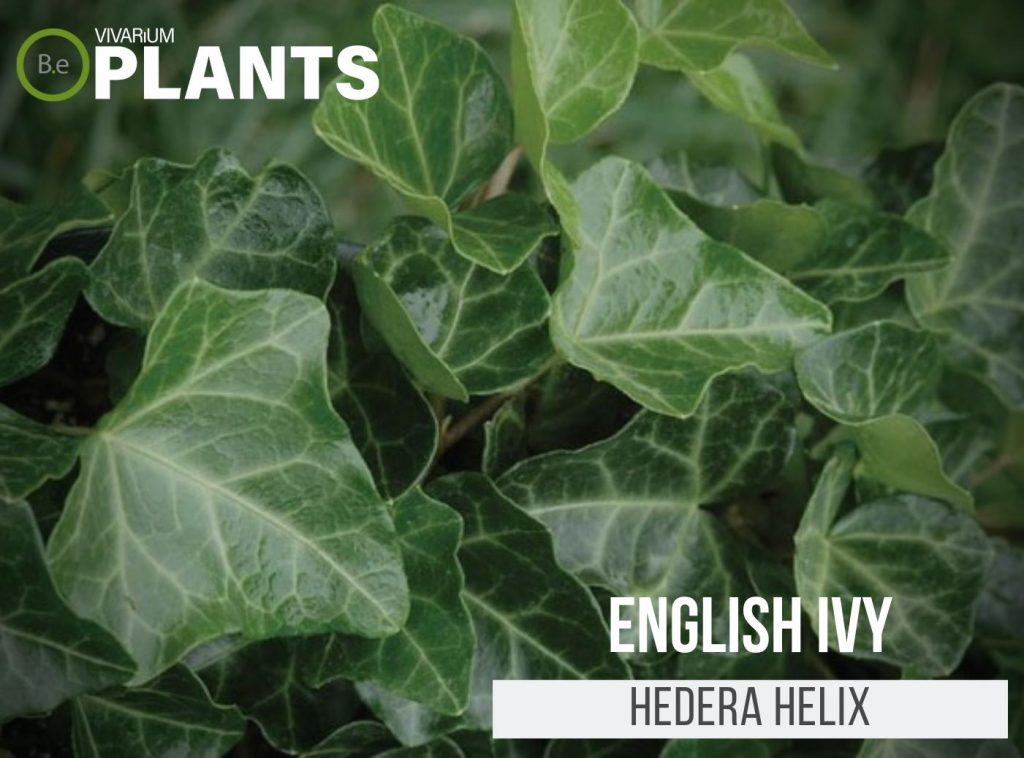

English Ivy (Hedera helix)
English Ivy is a popular and versatile terrarium plant for low–light environments. Its attractive evergreen foliage adds a splash of color to dimly lit spaces and its low–care needs make it a great choice for busy enthusiasts.
English Ivy is a slow–growing, woody evergreen climber with leathery, glossy leaves in a variety of shapes and sizes that range from deep green to variegated.
It is perfect for growing in any climate and its modest size makes it well–suited to even the smallest of terrariums.
English Ivy is also hardy and generally resistant to pests and disease, making it a great addition to the terrarium without fear of causing problems.
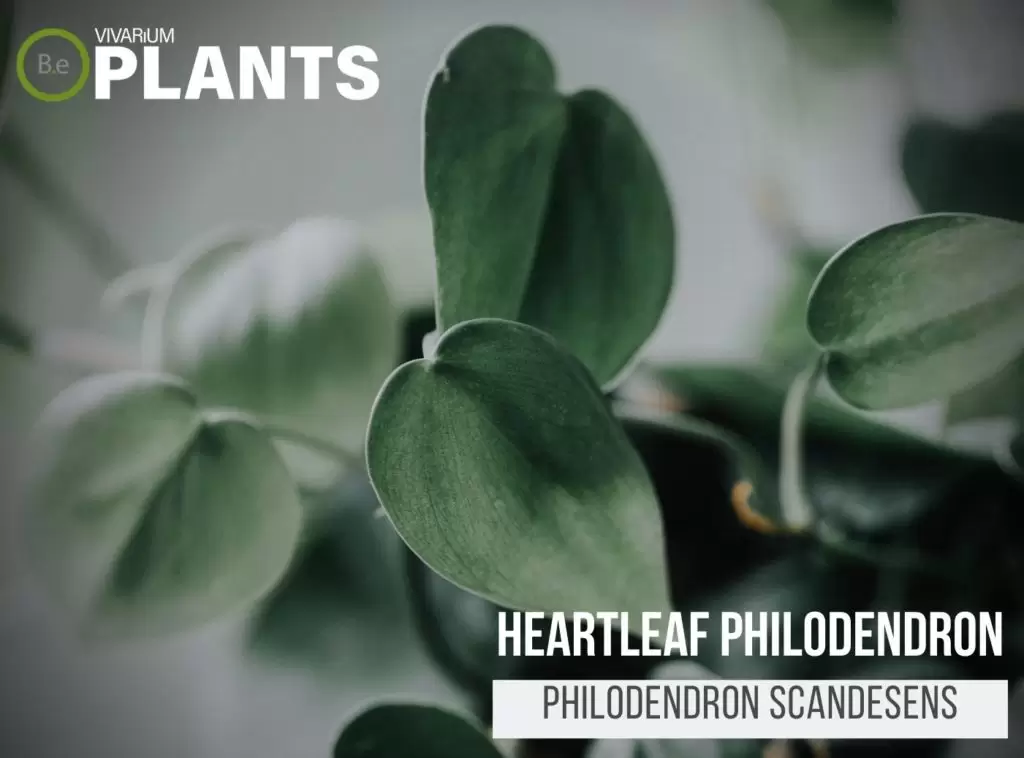

Heartleaf Philodendron (Philodendron Scandesens)
The Heartleaf Philodendron is a fantastic low–light terrarium plant for your home. It is an evergreen spreading vine with bright green, heart–shaped leaves.
This plant is easy to care for, and it can tolerate low light and require very little watering; simply mist its leaves with a spray bottle every week to keep it moist.
The Heartleaf Philodendron is also known for being a hardy and adaptable plant, making it a great choice for terrariums and containers.
Its trailing stems make it particularly great at adding a lush, full look to your terrarium and it works well with a variety of other plants. It is also known to be very resilient, making it ideal for plants in terrariums that don’t receive much sunlight.
Caring For Low-Light Terrarium Plants
Caring for low-light terrarium plants is relatively easy and requires minimal effort. These plants are incredibly hardy and can thrive in most climates and environments.
They prefer indirect sunlight, so make sure to place your terrarium away from direct sunlight. Water your plants lightly, only when the soil is dry to the touch.
Overwatering can lead to root rot and other issues, so make sure to check your plants regularly and only water them when necessary.
Pruning and trimming your plants can help them to stay healthy and promote growth but is not necessary.
Finally, make sure to check your plants regularly for any signs of pests or diseases.
Low-light terrarium plants can be prone to infestations, so keeping an eye out can help you catch any issues before they become major problems.
With a bit of care and attention, your low-light terrarium plants will be thriving in no time!
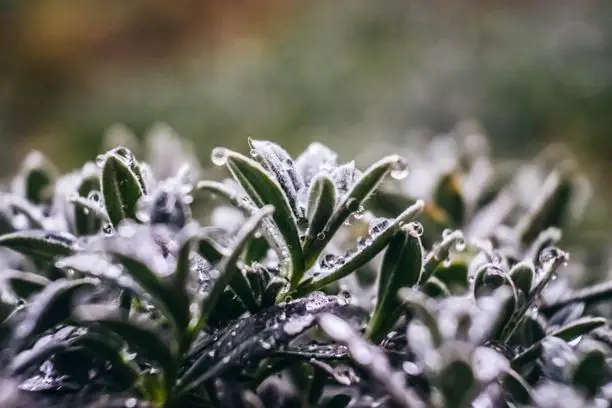

Common Issues With Low-Light Terrarium Plants
Although low-light terrarium plants are relatively easy to maintain, there are a few common issues to be aware of. These plants can be sensitive to fluctuations in temperature and humidity, so it’s important to make sure the environment is stable.
Additionally, these plants can suffer from root rot if they are overwatered, so it’s important to make sure you are not overwatering them.
Finally, pests and diseases can be an issue, so it’s important to inspect your plants regularly and take steps to prevent pests and diseases. With a little bit of care and attention, however, these issues can be easily avoided.
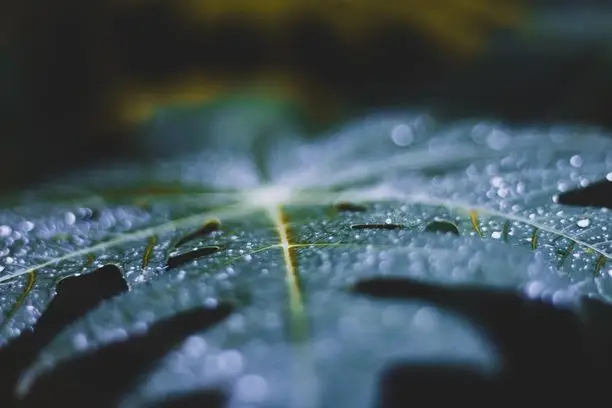

In Summary
Low-light terrarium plants are a great way to add life and color to your home without having to worry about the time and energy it takes to maintain a garden.
With minimal light and water requirements, these plants are easy to maintain and perfect for those who don’t have a lot of time or experience with gardening.
We hope that this blog post has given you the information you need to start incorporating low-light terrarium plants into your home.
Just remember to research the plants you want to use and follow the proper care instructions to ensure your plants thrive. With a bit of patience and dedication, you can create a beautiful and healthy low-light terrarium.
Frequently Asked Questions
In a low-light terrarium, you can put plants such as ferns, mosses, peperomia, and bromeliads. Additionally, decorative items such as rocks, models, and figurines can be added for a more aesthetic display.
Yes, terrariums can survive in low light. They don‘t require a lot of natural light and can survive if they are placed near a window with indirect sunlight or in an area that gets minimal amounts of light. Artificial lighting can also be used to provide light for terrariums in low-light environments.
Yes, a terrarium can be self–sustaining as long as all the necessary ingredients for a healthy ecosystem, such as soil, humidity, light, and water, are provided. Self–sustaining terrariums can also be created using plants that require minimal maintenance.

